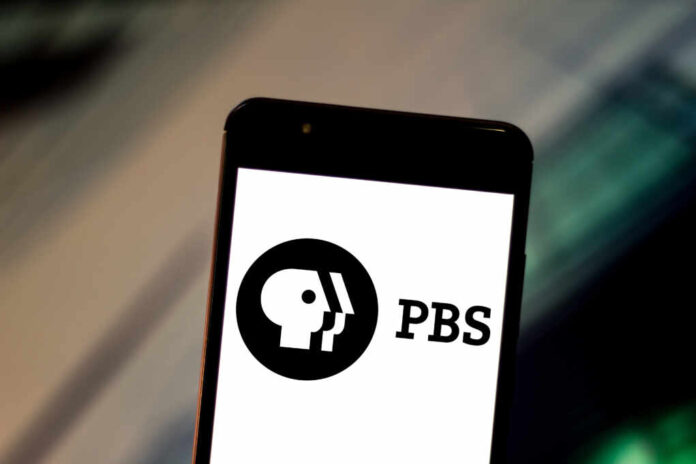
Trump’s decisive action to defund public broadcasting has forced PBS to slash 15% of its workforce.
Story Highlights
- PBS cuts 15% of staff after Trump eliminates $1.1 billion in federal funding for public media
- Corporation for Public Broadcasting announces complete operational wind-down by January 2026
- Rural communities lose emergency services while leftist networks face reality of market forces
- FCC investigation exposes potential violations in NPR and PBS underwriting practices
Trump Delivers on Promise to End Taxpayer-Funded Media
President Trump fulfilled his campaign pledge by eliminating federal funding for public broadcasting, forcing PBS to implement dramatic staff reductions. The House passed a rescissions package in June 2025 that stripped $1.1 billion from public media operations, marking the largest defunding effort in broadcasting history. This decisive action represents the first exclusion of Corporation for Public Broadcasting funding in over five decades, demonstrating Trump’s commitment to ending government subsidies for partisan media outlets.
🚨 JUST IN: PBS is now cutting 15% of their entire workforce, citing the loss of $500 MILLION in federal funding, thanks to Trump
This leftist propaganda outlet is circling the drain 🤣🔥 pic.twitter.com/cfjxw91zgs
— Nick Sortor (@nicksortor) September 5, 2025
Leftist Networks Face Financial Reality Without Government Subsidies
NPR CEO Katherine Maher called the funding elimination an “irreversible loss” and “unwarranted dismantling,” revealing the networks’ inability to sustain operations through voluntary support alone. PBS implemented a 21% budget cut alongside the staff reductions, exposing decades of dependency on forced taxpayer contributions. The Corporation for Public Broadcasting announced its complete operational wind-down, with most staff positions ending by September 2025 and remaining transition teams concluding by January 2026.
Watch:
FCC Investigation Exposes Potential Regulatory Violations
The Federal Communications Commission launched investigations into underwriting practices at NPR, PBS, and member stations, examining potential violations of non-commercial broadcasting standards. These regulatory scrutiny efforts began in January 2025, coinciding with congressional efforts to eliminate public media funding. The investigation focuses on whether these outlets improperly blurred lines between educational programming and commercial-style content, potentially violating their tax-exempt status and federal broadcasting requirements.
Rural Communities Adapt While Urban Liberal Strongholds Struggle
Former Oregon Public Broadcasting president Steven Bass claimed public radio serves as a “lifeline” for rural communities, yet these areas consistently vote conservative despite decades of taxpayer-funded programming. Rural stations that relied heavily on CPB funding face closure, but many communities already receive emergency alerts through multiple commercial and digital platforms. The impact disproportionately affects urban markets where public broadcasting traditionally promoted progressive viewpoints, while rural Americans demonstrate resilience in finding alternative information sources that better reflect their values.
The elimination of forced taxpayer support for public broadcasting restores constitutional principles by ending government involvement in content creation and distribution, allowing market forces to determine which programming truly serves American communities.
Sources:
Public Media is Under Threat – Here’s the Latest
RSF World Press Freedom Index 2025: Economic Fragility Leading Threat to Press Freedom
Federal Funding Factsheet
Corporation for Public Broadcasting Addresses Operations Following Loss of Federal Funding
Pulling the Plug on Public Broadcasting

























